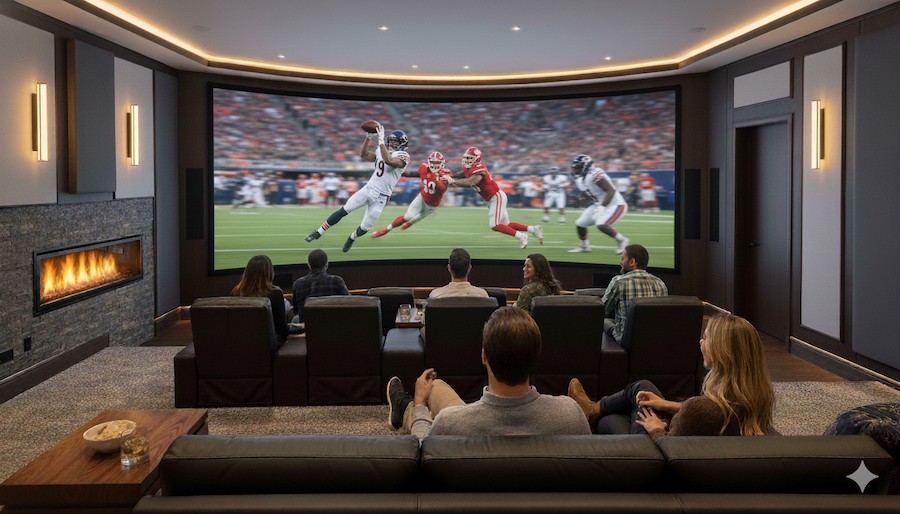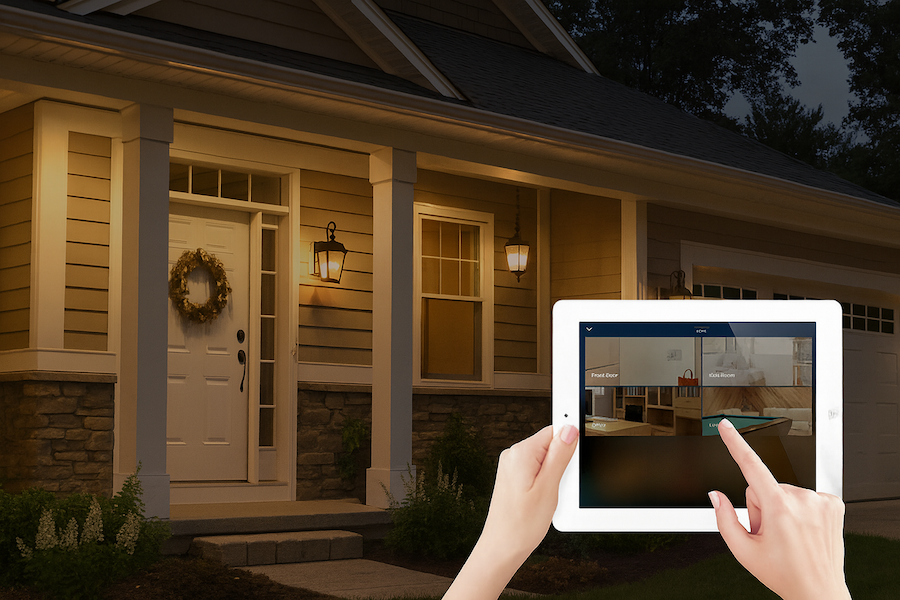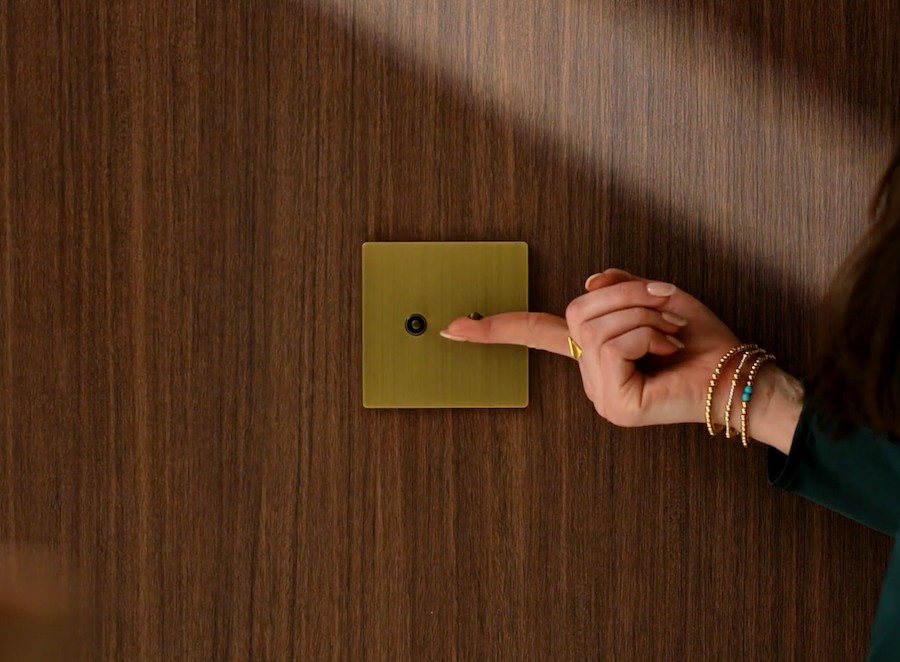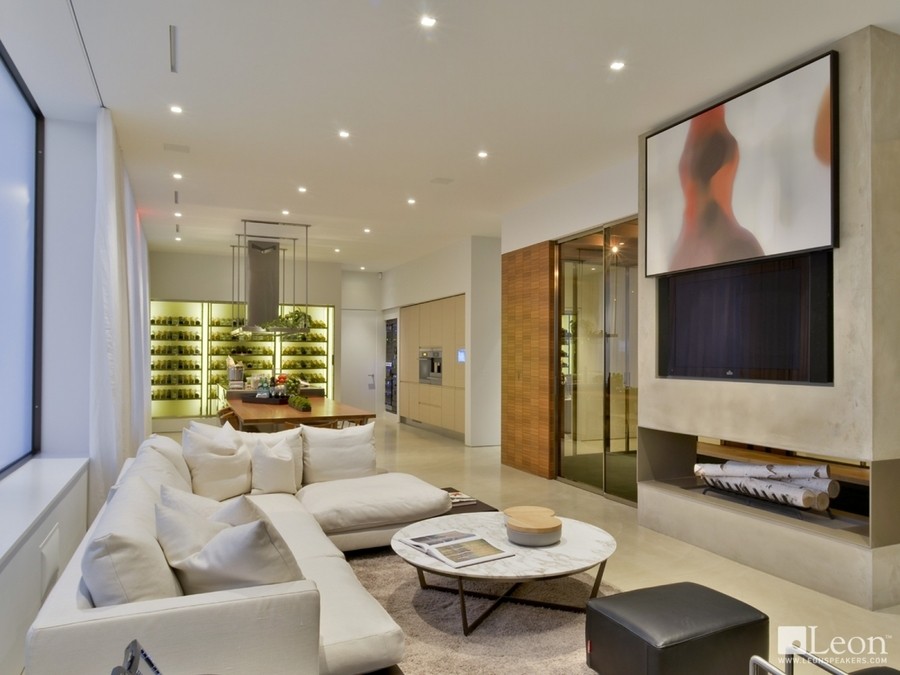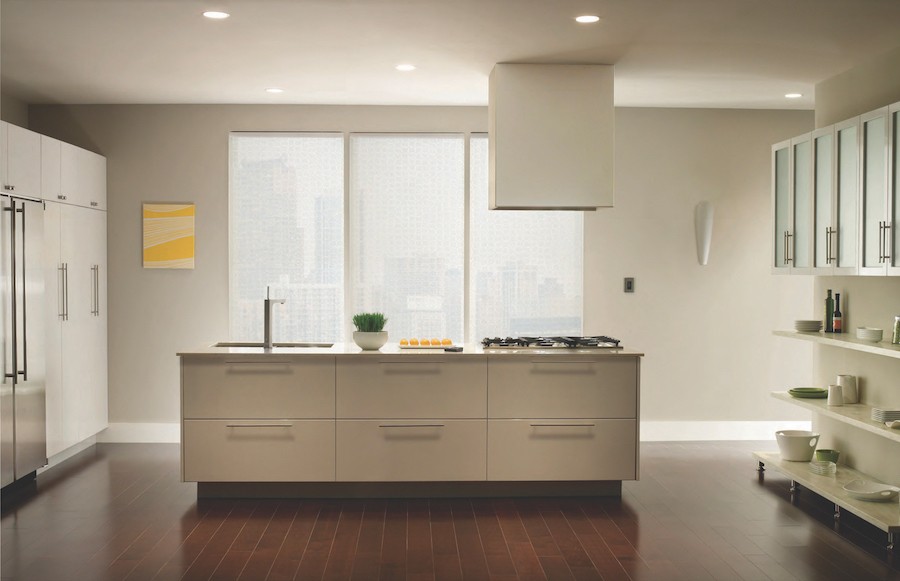Lake Life, Simplified
The journey to your lake house should mark the beginning of relaxation, not the start of a weekend-long to-do list. As you navigate the final turns toward your waterfront retreat at the end of a long week, your lights automatically illuminate the driveway, a relaxing soundtrack plays through outdoor speakers, and the spa is already heated to your preferred temperature, just like at a resort. You didn’t have to employ a concierge service—it's the quiet efficiency of home automation working behind the scenes at your lake property. Today's technology transforms weekend getaways from maintenance-heavy obligations into true escapes where the focus remains exactly where it should be: on family, relaxation, and making memories on the water.
Ready for Your Arrival
Home automation brings the luxury of convenience, eliminating the traditional arrival routine of adjusting thermostats, turning on water features, and preparing outdoor spaces. Your property is ready for your arrival. Using your smartphone, you can activate "Weekend Mode" while still on the road, triggering a cascade of preparations: climate control adjusts to your preferred temperature, landscape lighting creates an inviting atmosphere, and outdoor entertainment systems are ready for use.
The pool and spa begin heating to perfect temperatures hours before you arrive. Motorized shades adjust based on the sun's position, protecting interiors while maximizing views. Water features like fountains activate, creating a welcoming ambiance. When you step from your car, you're greeted not by a list of tasks but by a home already in entertainment mode—music playing softly through landscape speakers, pathway lights guiding you to the dock, and comfort settings already dialed in to match the weather conditions.
Carefree Family Weekends
Lake homes should center around creating moments rather than managing systems. As your children race down to the water, motion sensors automatically illuminate their path. Instead of worrying about whether someone left lights on, automated scheduling ensures exterior lighting adjusts with sunset, brightening gradually as evening approaches. During the afternoon heat, motorized patio shades lower without prompting, creating comfortable shade over the outdoor kitchen.
For families, the advantages multiply. While the kids enjoy swimming, networked audio zones let you adjust volume levels specifically around the pool area without affecting conversations on the deck. As evening approaches, a single voice command or button press transforms the environment again: landscape lighting shifts to a warmer hue, the fire feature ignites, and the outdoor TV powers on for a movie night under the stars—all without interrupting the flow of your day. And if you do need to answer some work messages, your outdoor Wi-Fi is up to the task wherever you sit.

